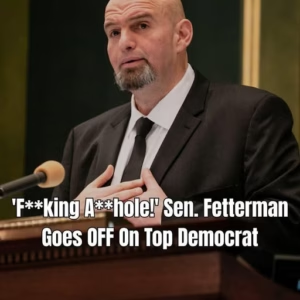The Staying Power of U.S. Democratic Institutions
Navigating Modern‐Day Political Strains
- Why Institutions Matter
American democracy rests on a lattice of formal rules and informal habits that has been assembled—and repeatedly modified—over more than two centuries. At the constitutional core are three separate branches of government, each empowered to restrain the others. Layered on top is federalism, which parcels authority between Washington and the states. Together, these design choices spread power widely and invite citizen oversight.
Yet documents alone cannot keep a republic healthy. Unwritten norms—respect for the law, acceptance of election results, and a habit of compromise—give the framework life. When those civic customs erode, even the strongest parchment barriers can fray.
- Lessons From Past Crises
Civil War: The greatest stress test to date pitted state sovereignty against national unity. Constitutional amendments and Reconstruction eventually reaffirmed a single union and expanded citizenship rights.
Progressive Era: Popular agitation produced direct election of senators, women’s suffrage, and new watchdog agencies—proof that democratic rules can evolve to meet industrial‐age demands.
Great Depression & New Deal: Economic catastrophe justified a dramatic widening of federal power, birthing programs that still shape social policy.
Civil Rights Movement: Grass-roots activism exposed systemic exclusion, leading to landmark laws that broadened democratic participation.
Every upheaval forced adaptation rather than collapse, underscoring a key truth: resilience lies in flexibility, not perfection. - Emerging Pressures
Stress Point Impact on Democracy
Hyper-partisanship Turns opponents into enemies, throttling compromise and legislating.
Media fragmentation Diminishes shared facts; trust in journalism splinters.
Digital echo chambers Accelerate misinformation and ideological sorting.
Election-integrity disputes Shake public faith in a peaceful transfer of power.
These frictions test the system’s capacity to adapt without sacrificing its core commitments to representation and accountability. - Reform Currents
Election Upgrades
Ranked-choice ballots, independent redistricting, tighter campaign-finance disclosure.
Congressional Process Tweaks
Filibuster revisions, streamlined scheduling, stronger committee oversight.
Executive Oversight
Clearer limits on emergency powers, faster disclosure of presidential finances.
Judicial Proposals
Ideas range from Supreme Court term limits to altered confirmation rules, all aimed at balancing independence with legitimacy.
Civic Technology
Secure online voter portals, virtual town halls, data dashboards that demystify budgets and bills. - The Human Factor: Leadership & Citizenship
Institutions thrive when leaders practice restraint and voters stay engaged. Presidents who respect separation of powers, lawmakers who prize deliberation over spectacle, and judges who apply law impartially reinforce public confidence. Citizens, for their part, must vote, volunteer, verify information, and demand accountability—locally and nationally. - Civil Society: Democracy’s Quiet Infrastructure
From PTA meetings to community nonprofits, voluntary groups cultivate skills—organizing, debating, compromising—that formal politics relies on. A robust civil society buffers institutions from polarization by fostering trust across social lines. - Stress Points Inside the System
Constitutional Fights: Competing readings of federal power routinely land at the Supreme Court, spotlighting the Court’s outsized role in national debates.
Legislative Gridlock: Supermajority rules and partisan tactics can stall urgent policy, feeding cynicism.
Presidential Stretch: Emergencies tempt executives to push legal boundaries; Congress must recalibrate oversight in response.
Money & Influence: Sky-high campaign costs raise doubts that ordinary voices still matter. - Looking Beyond U.S. Borders
Other democracies offer alternative blueprints:
Parliamentary systems knit executive and legislative branches tightly, trading separation for cohesion.
Proportional voting produces multi-party coalitions and often gentler rhetoric.
Federal models elsewhere experiment with different splits of local and national authority.
Studying these paths can spark fresh ideas for reform without abandoning American fundamentals.
- The Road Ahead
Technological change, global turbulence, and shifting social values will keep shaking the system. Safeguarding democracy therefore requires:
Institutional updates that close loopholes and streamline processes.
Renewed civic norms—truthfulness, mutual respect, and patience with complexity.
Active citizens who refuse either apathy or despair.
The republic’s durability has always hinged on a continuous feedback loop between structure and culture. Every generation, including our own, must tend both.
- Bottom Line
American democracy is sturdy precisely because it can bend—through amendments, statutes, and evolving customs—without breaking. Its survival, however, is never automatic. It rests on leaders who wield power responsibly and on citizens who stay informed, stay involved, and insist that government remain of, by, and for the people.




